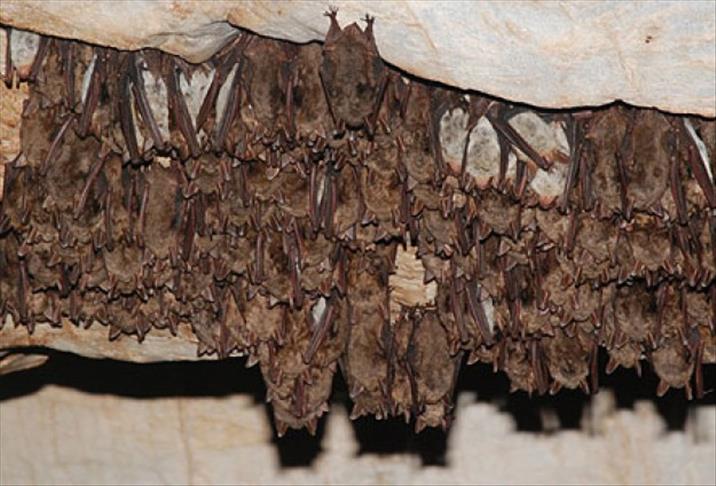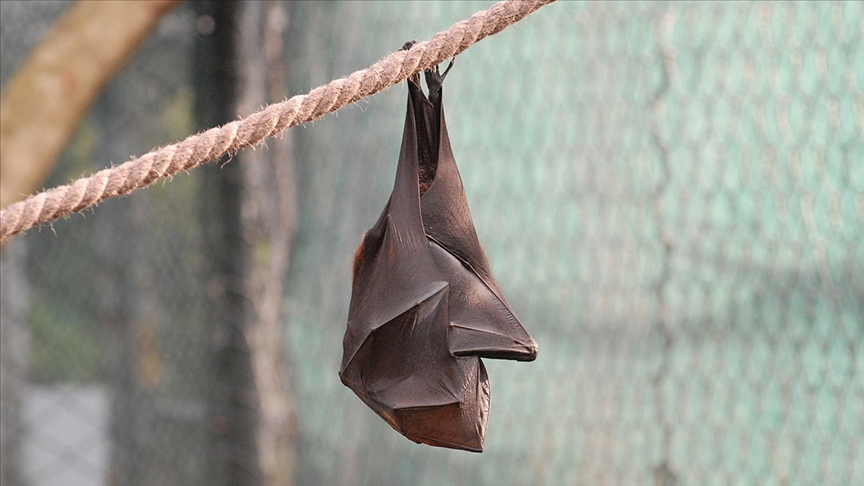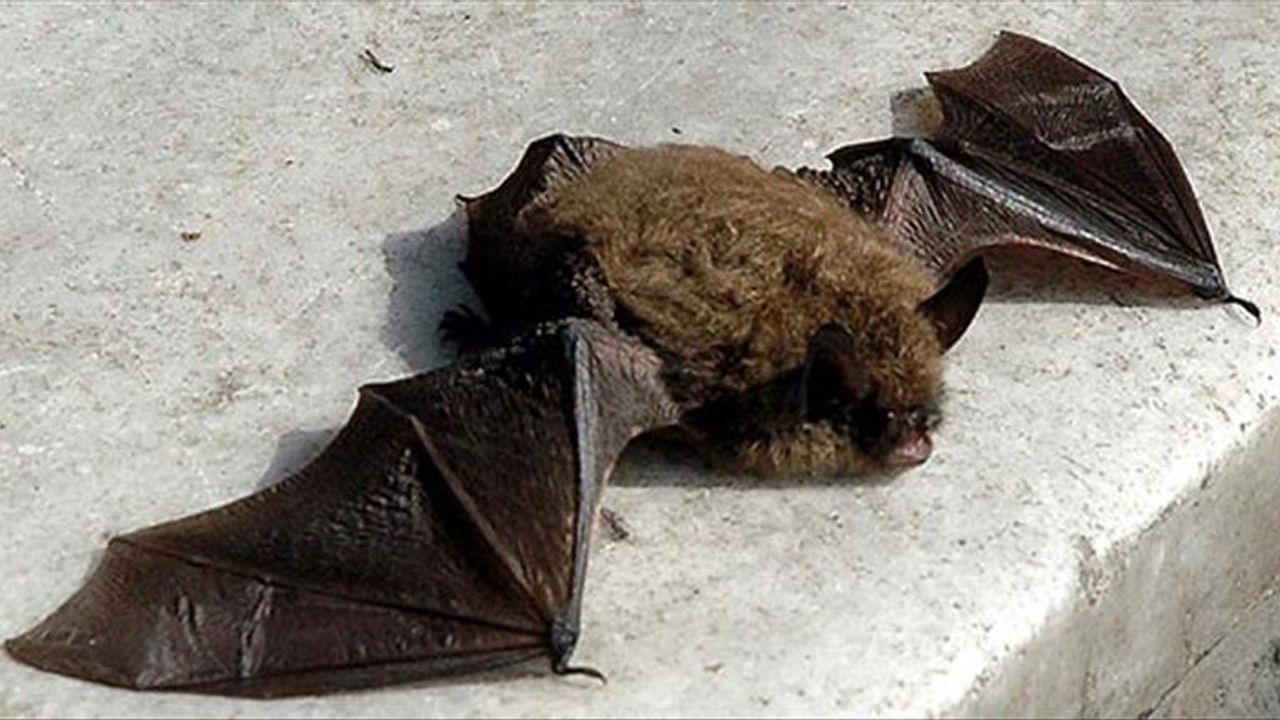Although bats are seen by many as frightening creatures that should be avoided, they play a crucial role in maintaining the balance of ecosystems. In particular, by eating thousands of insects every night, they significantly reduce the use of pesticides in agricultural areas.
However, the bat population in the US has been under serious threat in the last 20 years. Around 2006, white-nose syndrome, caused by the fungus Pseudogymnoascus destructans, which is thought to have been introduced to North America from Europe or Asia, severely reduced the bat population. This fungus, which has no effect on humans, can kill bats and is powerful enough to destroy entire colonies. Currently, the disease is found in 40 states in the US and 9 provinces in Canada.
The relationship between bat population decline and infant mortality
Dr. Eyal Frank, an environmental economist from the University of Chicago, has made a surprising finding, linking the decline in bat populations to infant mortality. According to the study published in the journal Science, pesticide use increased by 31 percent between 2006 and 2017 in areas where bat populations declined.
 Dr. Frank noted that pesticides can adversely affect human health by mixing with air and water and examined infant deaths in areas where these substances are used intensively. The study showed that infant mortality increased by 8 percent in areas where white-nose syndrome reduced the bat population.
Dr. Frank noted that pesticides can adversely affect human health by mixing with air and water and examined infant deaths in areas where these substances are used intensively. The study showed that infant mortality increased by 8 percent in areas where white-nose syndrome reduced the bat population.
Dr. Frank estimates that between 2006 and 2017, 1,334 babies died for this reason.
The researcher also analyzed factors such as drug use, parental unemployment, genetically modified crops and weather to make sure these deaths were not caused by something else. But he was unable to attribute the deaths to anything other than a decline in the bat population.
The invisible contribution of bats
Dr. Frank told the Washington Post that bats play an important role in ecosystems, saying, “Bats are a great example of species that we prefer to stay away from but play a really effective role in ecosystems.”
 In another study Dr. Frank had previously conducted in India, he found that the decline in vulture populations was causing serious problems, such as decomposing animal carcasses contaminating water sources and the spread of rabies. This process had caused more than half a million deaths.
In another study Dr. Frank had previously conducted in India, he found that the decline in vulture populations was causing serious problems, such as decomposing animal carcasses contaminating water sources and the spread of rabies. This process had caused more than half a million deaths.
Reactions from the world of science
Dr. Winifred Frick of Bat Conservation International said she could not hide her surprise when she saw the data from the study. She told the New York Times that we underestimate the ecosystem services of bats because we often fail to quantify these contributions.
 Scientists who did not participate in the study said the findings were credible but had some shortcomings. Dr. Frederik Noack, an environmental economist at the University of British Columbia, said more questions need to be answered to fully understand the effects of pesticides on infants. Dr. Felicia Keesing from Bard College argued that field studies are needed to obtain direct data.
Scientists who did not participate in the study said the findings were credible but had some shortcomings. Dr. Frederik Noack, an environmental economist at the University of British Columbia, said more questions need to be answered to fully understand the effects of pesticides on infants. Dr. Felicia Keesing from Bard College argued that field studies are needed to obtain direct data.
“This study shows just a few of the consequences of bat extinction, and bats are just one of the species we are losing,” Dr. Keesing said, emphasizing that these findings should accelerate bat conservation efforts.











